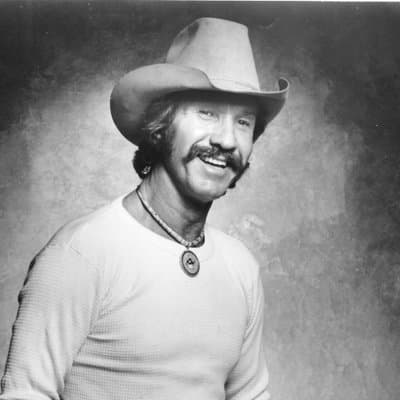
The Elegant Simplicity of Lost Love and Suburban Dreams
A White Sport Coat (And A Pink Carnation) by the masterful storyteller Marty Robbins is more than just a tune; it’s an auditory photograph of 1950s Americana, a tender moment captured in the smooth, almost effortless delivery that became Robbins’ trademark. Released in 1957, this seemingly simple ballad resonated profoundly with the post-war generation navigating the earnest rituals of courtship and the quiet heartbreak of dashed expectations.
The song was an immediate, cross-genre smash, a rare feat in an era where charts were often rigidly segregated. On the prestigious Billboard Top 100, the track achieved a peak position of number 2. It performed even more spectacularly on the country and R&B charts, reaching number 1 on Billboard’s Hot Country Songs chart and impressively climbing to number 1 on the Most Played Juke Box R&B chart—a testament to its broad, undeniable appeal. This kind of widespread success underscores the universal nature of the song’s theme: the vulnerability inherent in dressing up, showing up, and ultimately being stood up.
The true genius of the song lies in its deceptive simplicity. The story is a straightforward, vivid vignette: a young man is meticulously dressed for a date—a white sport coat, a crisp pink carnation, and “a big bow tie.” He’s heading to the high school dance, the ultimate social crucible of the time, to meet his sweetheart. The preparations are crucial; the clothes are a uniform of hope and intention. Yet, as the minutes tick by under the gaze of the clock, the terrible realization sets in: “The dance is about to start,” and his date simply isn’t coming.
The narrative arc is a poignant journey from buoyant anticipation to quiet, dignified melancholy. There’s no dramatic wailing or angry accusation; instead, the emotion is delivered with a kind of understated resignation that speaks volumes about the stoicism and internalized hurt of the era. The narrator isn’t just disappointed; he feels his carefully chosen accouterments—the white sport coat and the pink carnation—turning into ironic symbols of his rejection. They were meant to signify perfection and devotion, but now they merely advertise his solitude. This is the enduring meaning of the song: a quiet meditation on minor, yet deeply felt, heartache and the courage it takes to put oneself out there.
Interestingly, the inspiration for this timeless hit is rooted in a fascinating piece of music industry lore. Marty Robbins initially wrote the song on an electric typewriter while stuck in traffic, allegedly in response to a challenge or a casual bet about writing a hit song quickly. He needed a distinctive fashion element, and the image of the white jacket and pink flower—a popular high school formal attire motif—clicked immediately. Though some sources claim it was a simple, quick composition to fill a gap in a recording session, what’s clear is that Robbins tapped directly into the collective emotional memory of dressing up for a momentous occasion.
This was released on his album The Story of My Life and was a key stepping stone in Robbins’ career, proving his versatility beyond the traditional cowboy and Western ballads that he was already famous for, like “El Paso.” The song helped solidify his reputation not just as a country singer, but as a sophisticated pop crossover artist whose music, though rooted in country storytelling, possessed an undeniable mainstream shimmer. It’s a track that, even today, evokes a deep sigh of recognition, a reminder of the exquisite pain of waiting and the fashion-forward heartbreak of the 1950s. The song remains a quintessential piece of music history, a sweetly sad standard that holds its charm decades later.